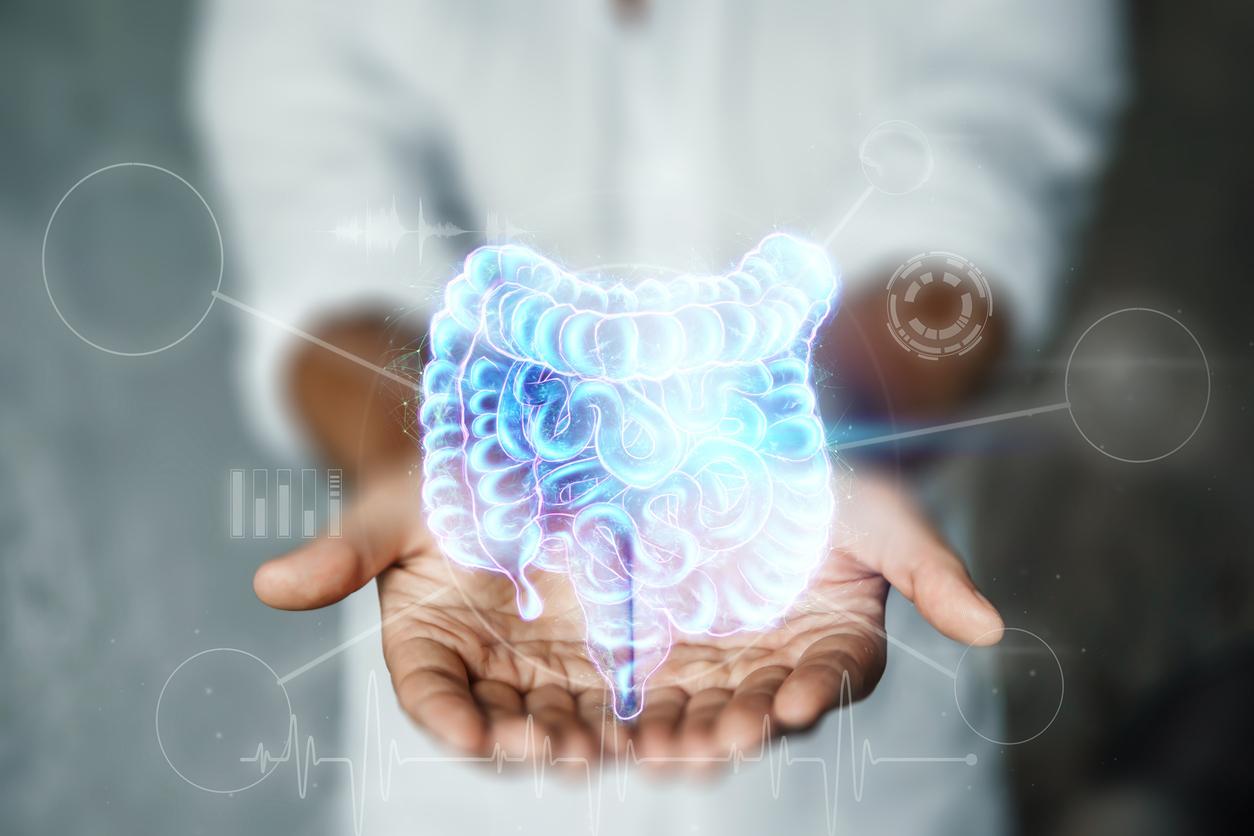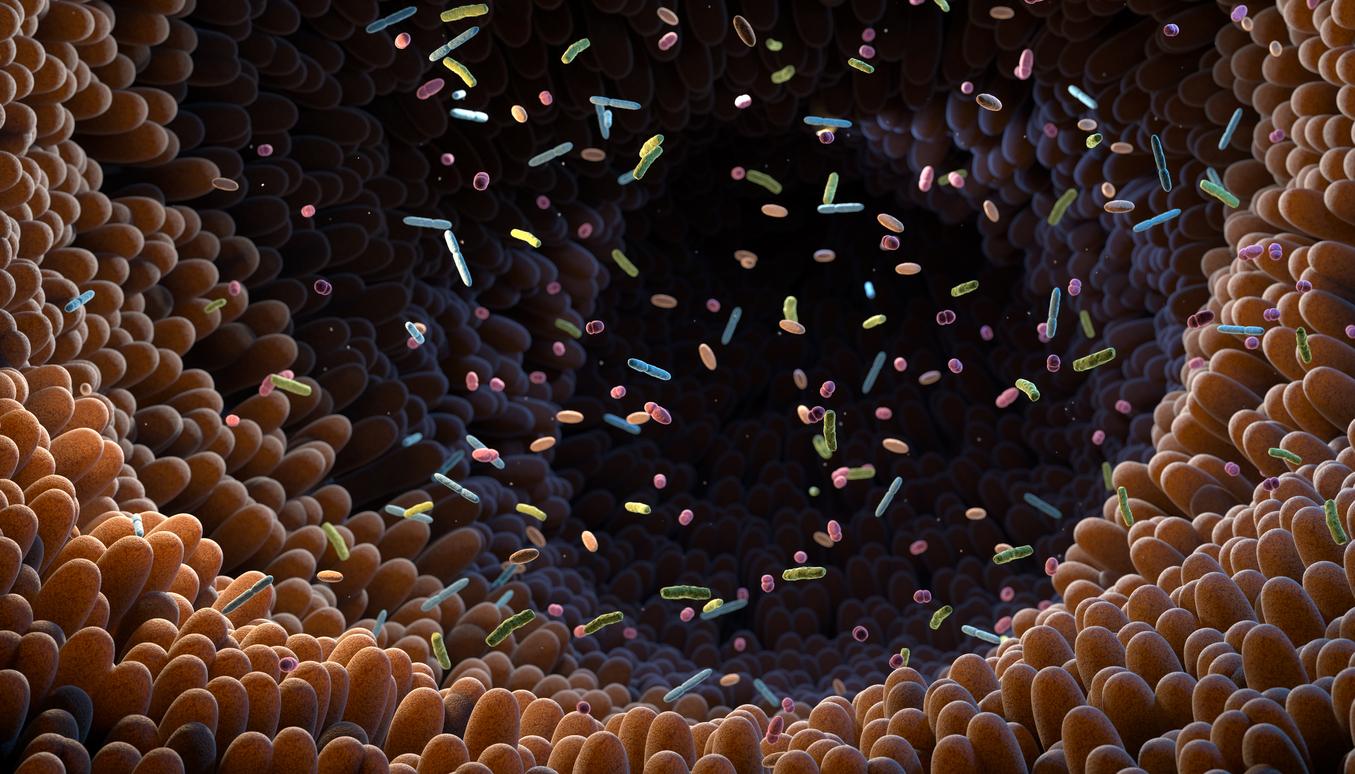
Part of the digestive system
The small intestine is an important part of digestion. In the small intestine, important nutrients are absorbed into the body through the intestinal wall. The small intestine is about 5 meters long and consists of three parts: the duodenum, the empty intestine and the ileum.
In the first part, the duodenum, digestive juices from the pancreas and gallbladder are added to the food slurry. The food slurry then enters the empty intestine. This is about 2 meters long and continues into the ileum which is about 3 meters long.
Three layers
The wall of the small intestine consists of three layers: a double muscle layer, a connective tissue layer and a mucosal layer. The mucosal layer is strongly folded. These folds have many finger-shaped projections, or the intestinal villi. Between the folds and the intestinal villi are small glandular tubes that produce intestinal juice.
Squeezing movements, also called peristalsis, move food into the gut. These movements ensure that the food mixes well with digestive juices. The food moves back and forth, is kneaded and pushed towards the large intestine. For a long time, the food pretty much stays in one place in the small intestine. This gives enough time to absorb all the important nutrients from the food and release them into the blood.
Digestion
When the food is completely digested, the indigestible remains move to the large intestine. Food stays in the small intestine for about 4 to 8 hours. That depends on factors such as what has been eaten, how much stress a person has and how much exercise. A carbohydrate-rich meal passes a lot faster through the small intestine than a fatty meal. Exercise slows down transport through the small intestine. While stress and tension actually speed up the process.
The small intestine is contorted in the abdomen, but the surface of the organ in total is enormous. This gives the intestine a large reserve capacity. Sometimes, for example due to intestinal disorders such as Crohn’s disease and ulcerative colitis, it is necessary to remove part of the small intestine. This usually causes few problems. Symptoms usually only arise when there is less than 2 meters of small intestine left.
Sources):















